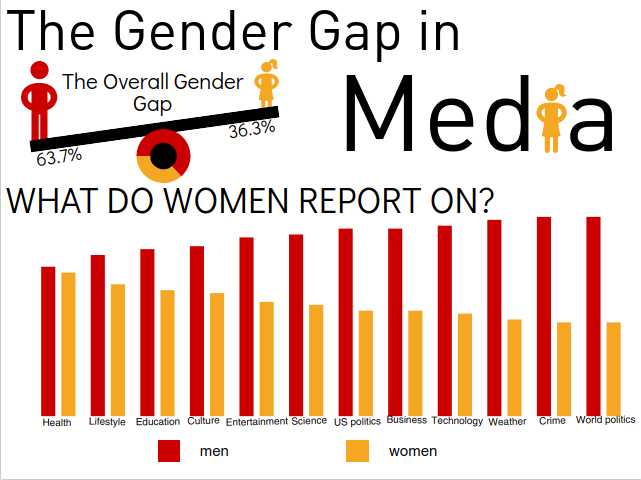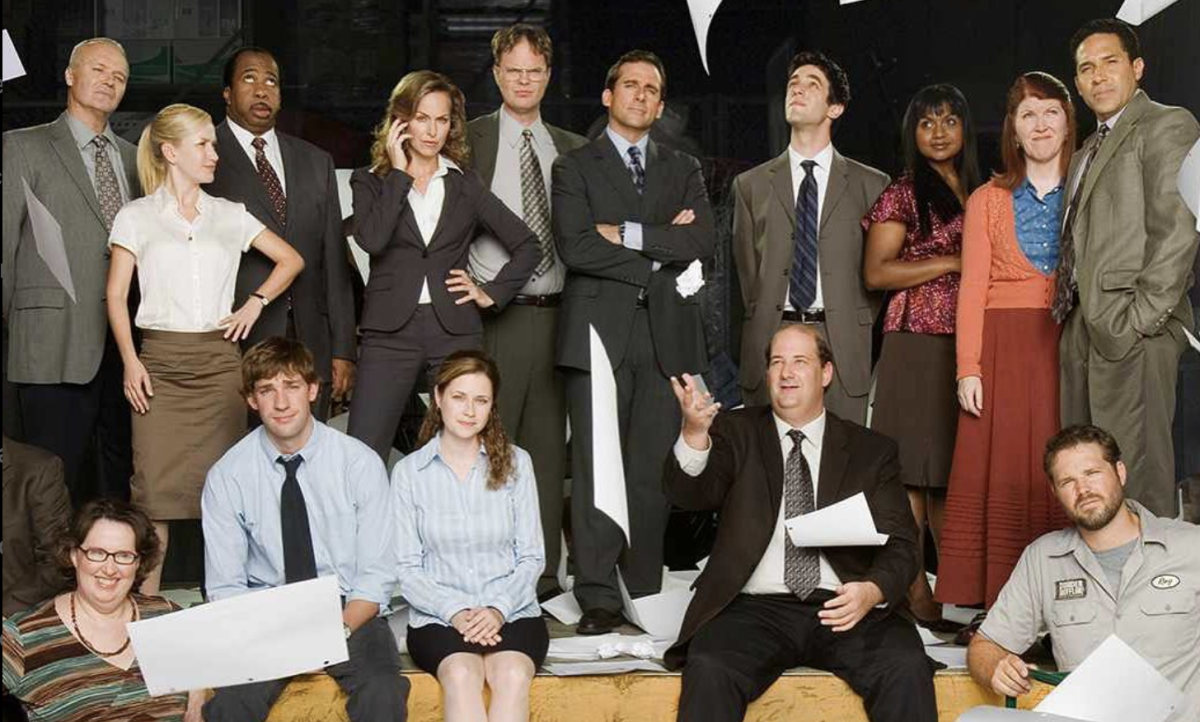Where are the female reporters?
April 30, 2017
Women have made incredible strides in their respective communities, ranging from Hillary Clinton’s historic presidential campaign to Becca Longo, the first woman to earn an NCAA football scholarship.
Despite the progress of women in many industries, one field is still lagging behind: prime-time media coverage.
On CBS News’ “Evening News,” 95 percent of the television anchors are male and on NBC News’ “Nightly News,” 93 percent of the television anchors are male, according to the Women’s Media Center. These aren’t just extreme examples, but are generally representative of the entire industry.
Our news should be delivered by an archetypal sample of the population, but the lack of women in the media means that a wide variety of narratives, perspectives and ideas are not shared.
Getting news from a variety of sources helps broaden perspectives and better understand the world. In the U.S., women make up 50.4 percent of the population, according to 2015 data from The World Bank. In the media as a whole, including journalists and news anchors, women constitute just 36.1 percent of byline and on-air contributors, according to the Women’s Media Center. This disparity is jarring.
Despite the progress of women in many industries, one field is still lagging behind: prime-time media coverage.
It’s time we made a change and celebrate women in the media by supporting their programs. Women like Megyn Kelly, for example, who stood up after being verbally attacked by male counterparts. Kelly addressed many prominent male figures, like Newt Gingrich and Donald Trump, directly, calling them out on their rude and unacceptable comments. Kelly also voiced concerns to Fox News about Bill O’Reilly following accusations of sexual assault.
The Black & White’s staff is even 60 percent female. It’s empowering to see a woman’s name on a byline. Moreover, to work with other women to create stories and share ideas that challenge gender stereotypes and stigmas.
It’s necessary that our generation continue this trend by giving women a voice in the media. Women in the media can be a part of a solution by encouraging each other, Washington Post columnist Ruth Marcus told The Black & White. By remaining in solidarity by helping each other, she said, everyone can become more successful and equal.








